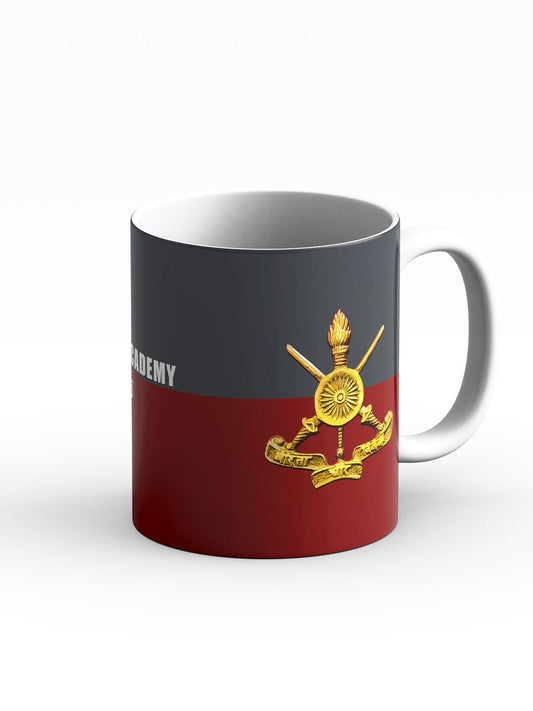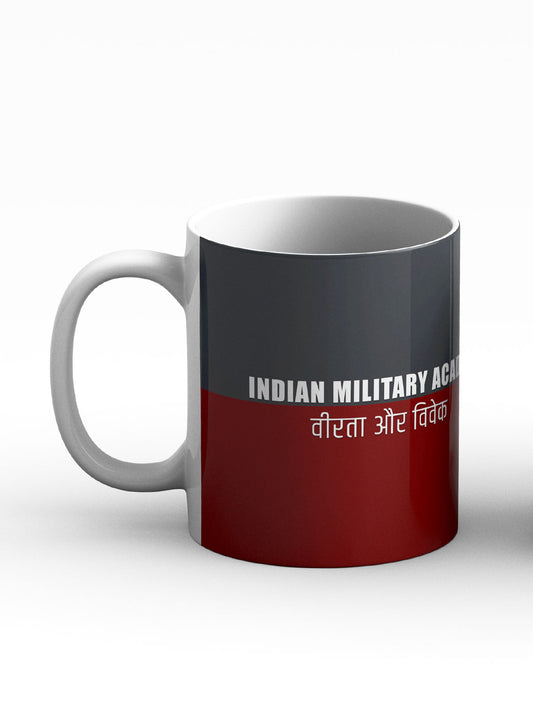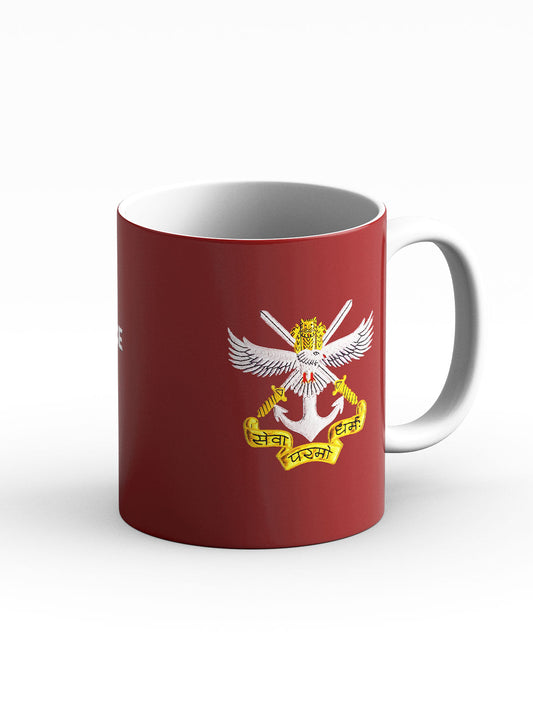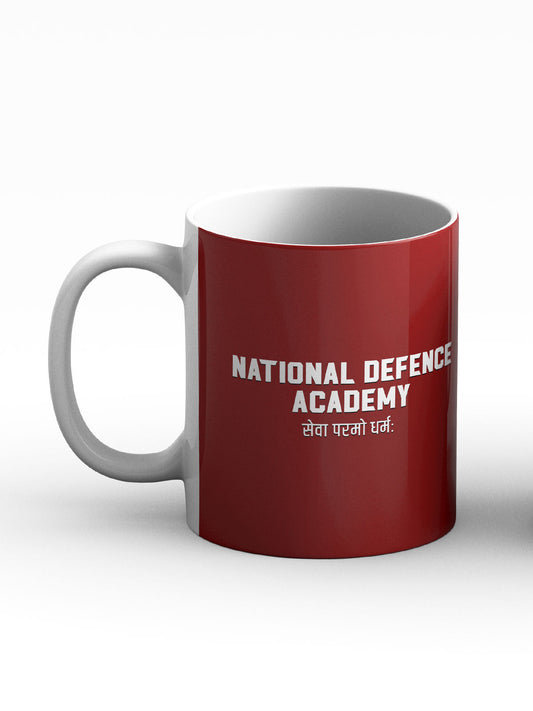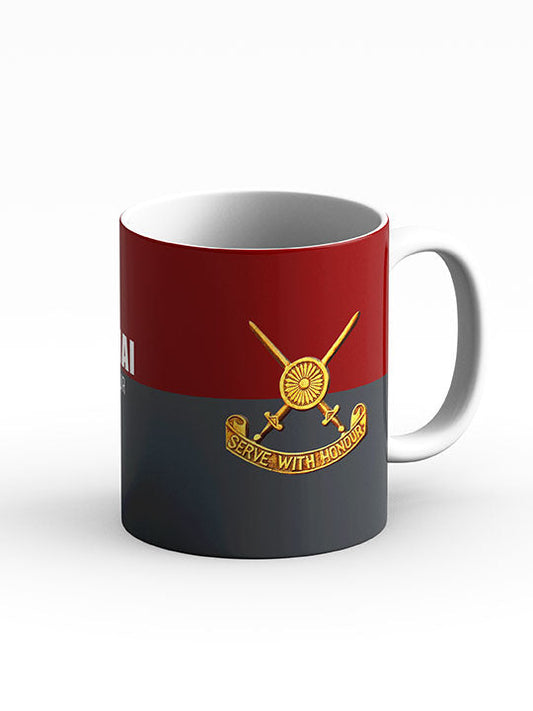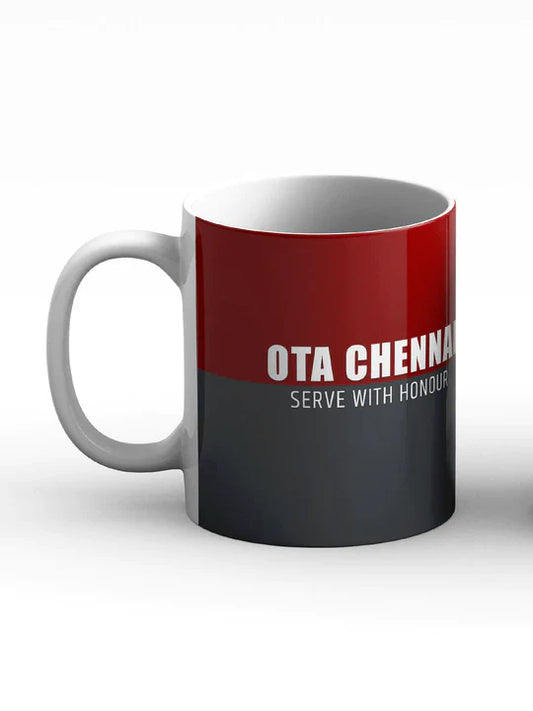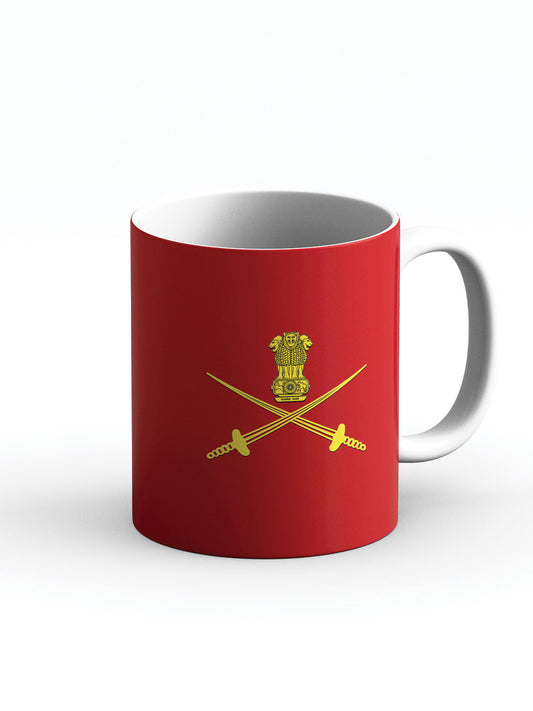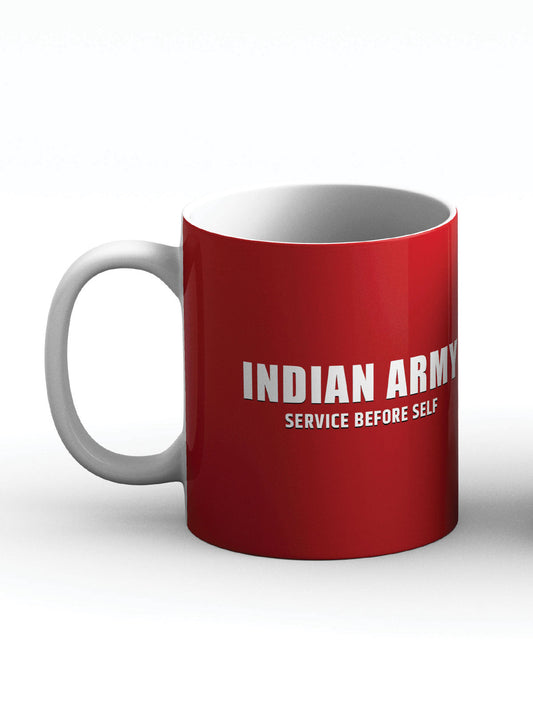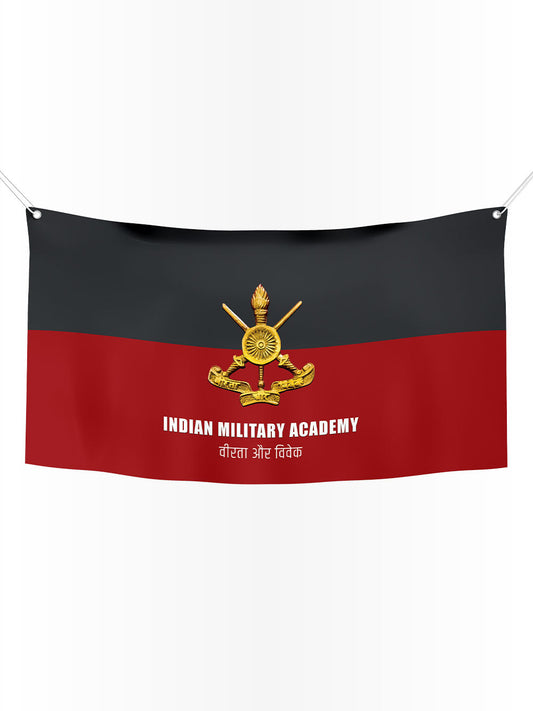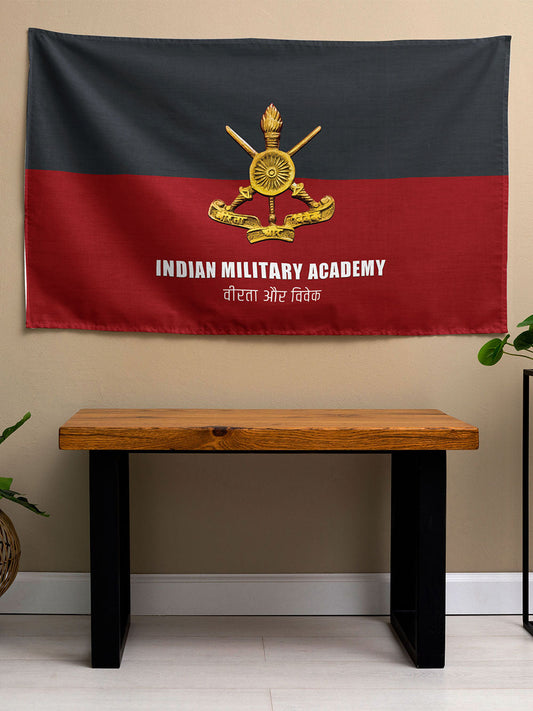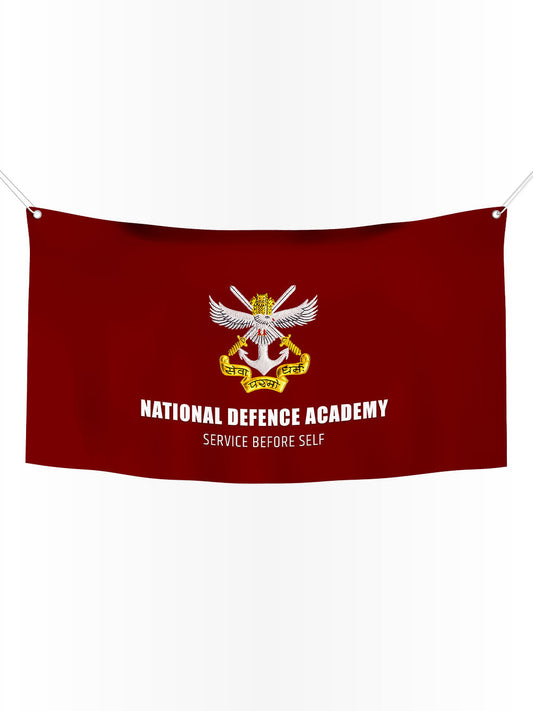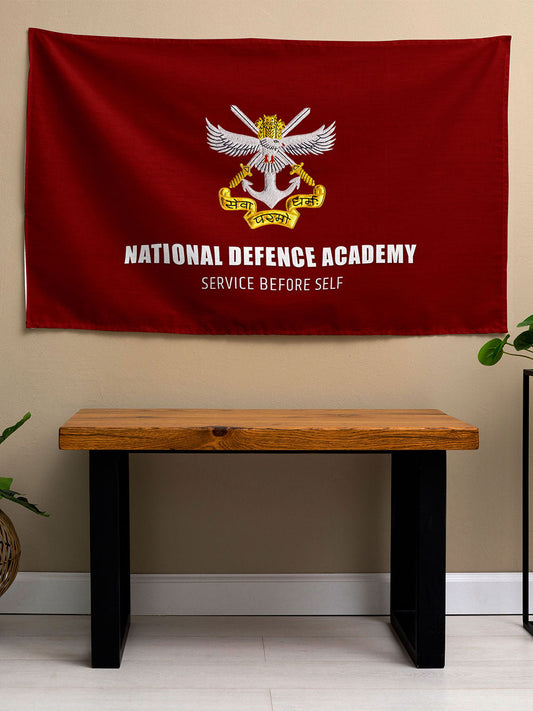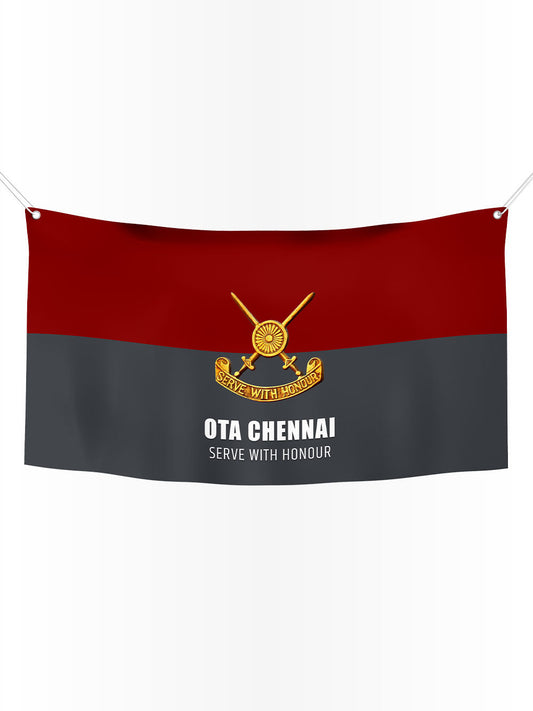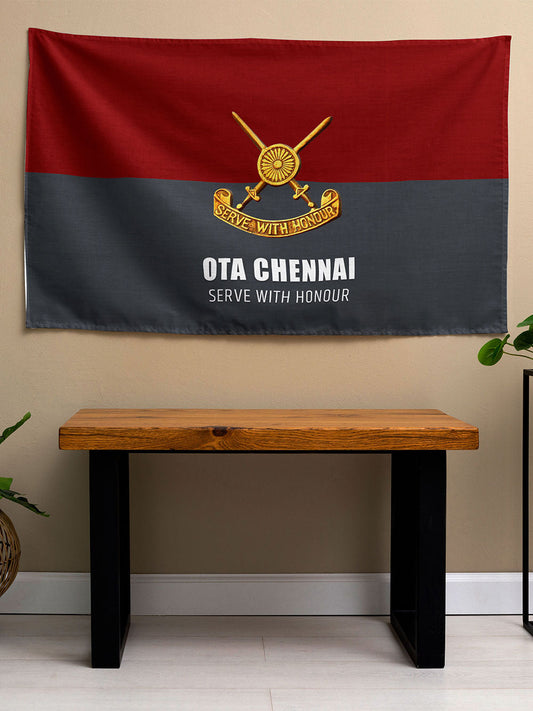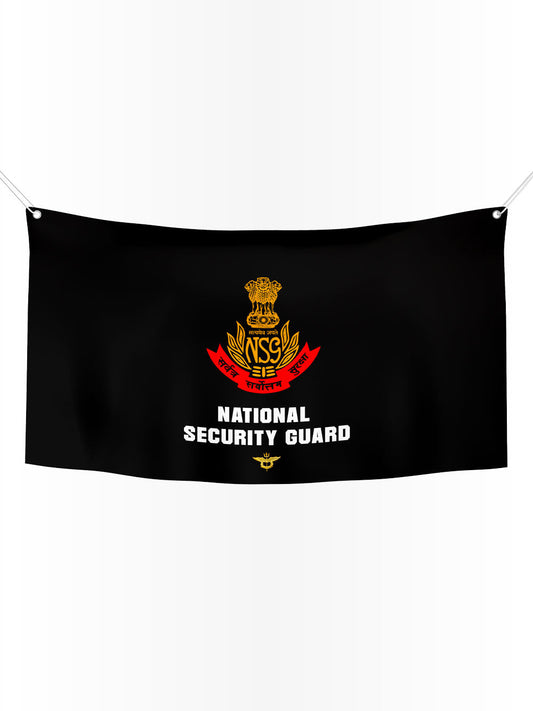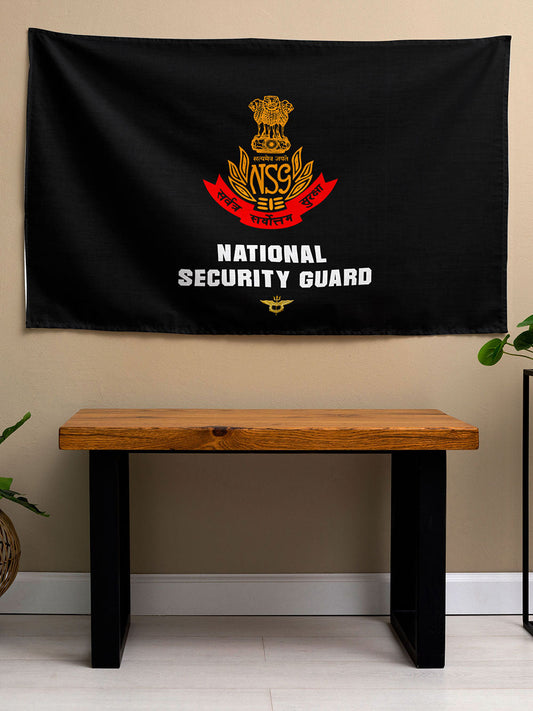The Strategic Evolution of Grey in Fighter Jet Camouflage
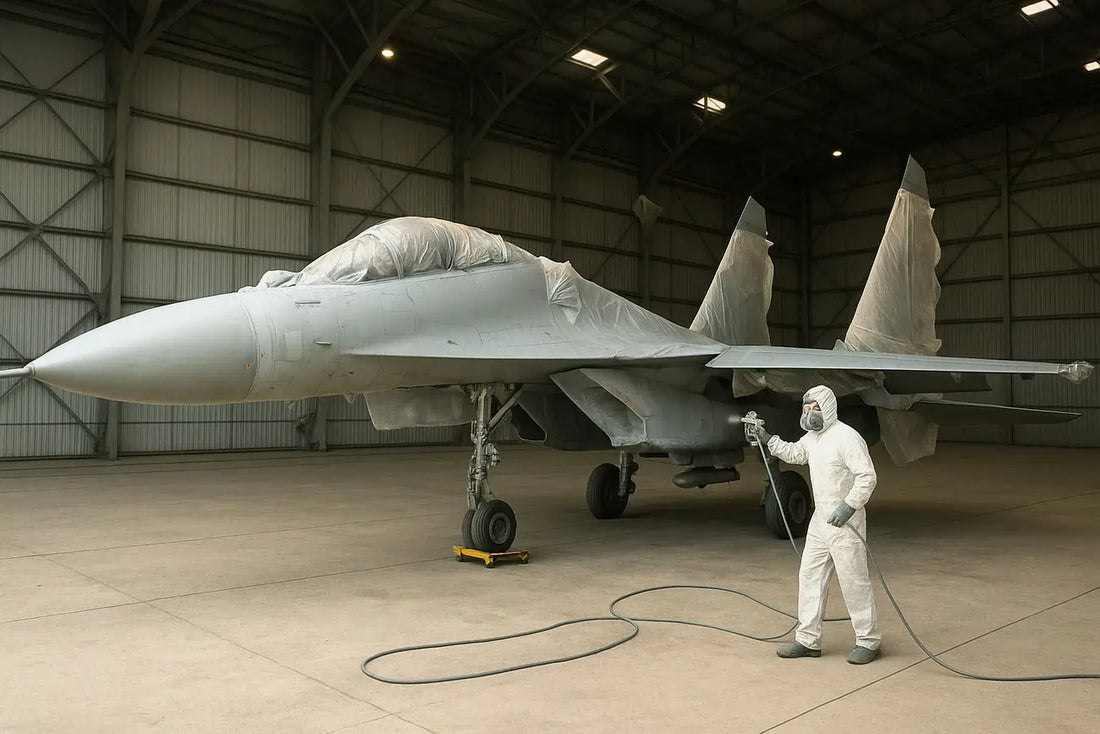
The practice of painting fighter jets grey represents a captivating blend of military strategy, technological advancement, and historical evolution. This choice primarily addresses the essential need to avoid detection in a modern battlefield where visual, radar, and thermal signatures play a crucial role in determining the success or failure of a mission. Over the years, grey has become the standard color for many air forces globally, a status achieved through a process of trial, error, and development amidst significant conflicts and technological progress.
To grasp why grey dominates, one must delve into the history of aircraft camouflage. In the early era of military aviation during World War I, planes were often left unpainted or adorned with bright colors to signify national identity or even personal style, as exemplified by Manfred von Richthofen's notorious red Fokker Dr.I, the "Red Baron," which was as much about intimidation as identification.
However, as aerial combat intensified, the vulnerability of such conspicuous targets became evident. French forces were pioneers in employing camouflage with light blue-grey on fighter jets like the Nieuport 11, while the Germans experimented with multi-colored lozenge patterns, including greys, to obscure outlines and blend with surroundings. British aircraft utilized protective coatings like PC.10, a khaki-green, for UV protection, which also provided some camouflage benefits. By the end of the war, grey tones were recognized for their ability to blend with cloudy skies, setting a precedent for future designs.
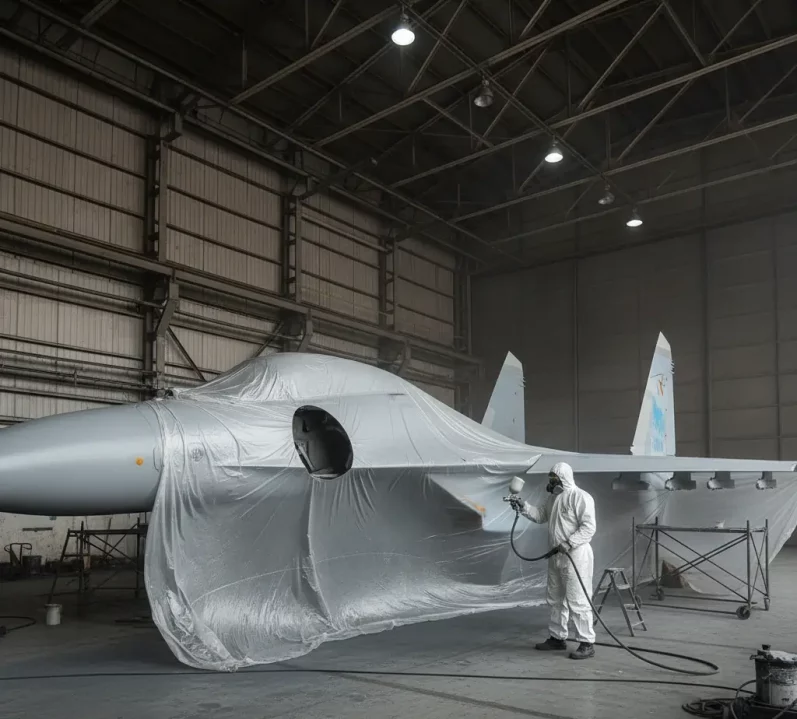
The transition gained momentum during World War II as aircraft began to operate at higher altitudes and speeds, rendering ground-based camouflage like greens and browns less effective. Early RAF fighter jets were painted with "Dark Earth" and "Dark Green" on the upper surfaces and "Sky" underneath, but these proved too dark against lighter skies. Adjustments led to the adoption of "Ocean Grey" and "Medium Sea Grey," which better matched cloud cover and reduced silhouettes when viewed from below.
The Luftwaffe used light blue for the undersides and greens for the upper surfaces, but in the Mediterranean, sand yellows and olives were introduced, revealing grey's limitations in diverse environments. However, its versatility was apparent in European skies. U.S. forces initially used olive drab over neutral grey, but by 1943, all-grey schemes on reconnaissance Mosquito aircraft demonstrated superiority for high-altitude operations. This period also saw the development of techniques like countershading, where grey gradients created optical illusions to visually flatten the aircraft.
Post-World War II conflicts, such as those in Korea and Vietnam, further honed grey's role. While high-flying jets like the MiG-21 used green patterns for ground concealment, air-superiority fighter jets increasingly adopted uniform greys to blend with atmospheric haze. During the Cold War, anti-flash white was used for nuclear bombers like the RAF V-bombers, but low-level strike aircraft reverted to camouflage. By the 1970s and 1980s, with the rise of stealth technology, grey evolved beyond visual camouflage. Aircraft like the F-117 Nighthawk and later the F-22 Raptor incorporated radar-absorbent materials (RAM) into their grey coatings, often using ferrimagnetic paints with iron or carbon particles that scatter radar waves and reduce the radar cross-section. These paints not only absorb electromagnetic energy but also convert it to heat, minimizing returns to enemy sensors. While black was preferred for night stealth missions, grey offered more flexibility for daytime and multi-role missions, balancing visual and electronic stealth.
Grey offers several practical and scientific advantages. Visually, it takes advantage of human perception: at a distance, grey merges with the average sky brightness, especially under overcast conditions or at dawn and dusk. Studies from WWII onward have shown that grey can reduce detection range by 20-30% compared to darker colors. Thermally, matte grey finishes absorb less solar radiation than blacks or whites, preventing cockpit overheating and material fatigue during supersonic flights, which is crucial for jets operating in hot climates. It also minimizes glare, which could otherwise reflect sunlight and reveal position. In terms of adaptability, a single grey scheme is sufficient for global deployments, unlike terrain-specific camouflages like desert tan for Middle East operations or arctic white, thus reducing logistics costs. Modern digital camouflage, seen on jets like the Russian Su-57 or Slovak MiG-29, uses pixelated greys for enhanced disruption at varying distances.
Despite its widespread use, grey is not universal. Aggressor squadrons, such as the U.S. Navy's "Top Gun" units, paint jets in enemy-inspired schemes like Russian blues or Chinese greens for realistic training. Some air forces experiment with blues for naval operations or multispectral coatings to counter infrared detection. The debate continues as critics argue that grey favors air-to-air over ground-attack roles, where disruptive patterns might be more effective, and environmental factors like pollution can alter its effectiveness. Nonetheless, standards like the U.S. MIL-STD-2161 emphasize low-observability greys for tactical aircraft.
Looking to the future, as unmanned aerial vehicles (UAVs) and hypersonic jets become more prevalent, grey may be integrated with adaptive materials—paints that change hue via electrochromics or nanomaterials for real-time camouflage. However, with Identification Friend or Foe (IFF) systems managing recognition, the trend toward unmarked or low-key greys underscores a shift from visual flair to functional invisibility.
| Aspect | Historical Schemes | Modern Grey Advantages | Examples |
|---|---|---|---|
| Visual Camouflage | WWI: Lozenge patterns in greens/browns/greys | Blends with sky/haze; reduces silhouette | F-16, Su-35 |
| Radar/Stealth | WWII: Basic matte finishes | RAM-embedded paints absorb waves | F-35, F-22 |
| Thermal Management | Early: No focus | Low solar absorption; anti-glare | High-altitude jets like MiG-31 |
| Adaptability | Theater-specific (e.g., desert sand) | Universal for multi-role ops | Global fleets like USAF |
| Maintenance | Frequent repaints | Economical, durable | Reduced downtime in conflicts |



